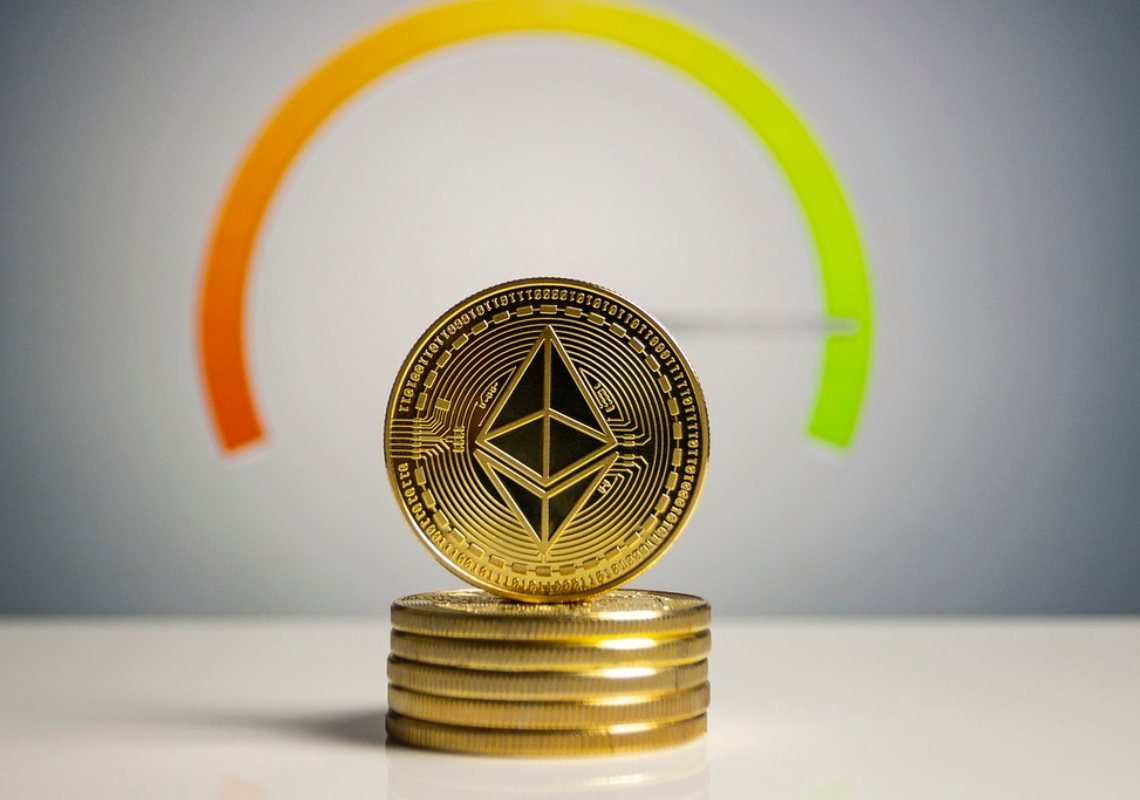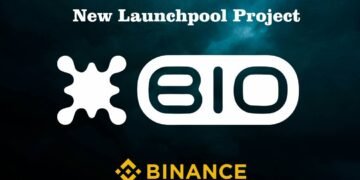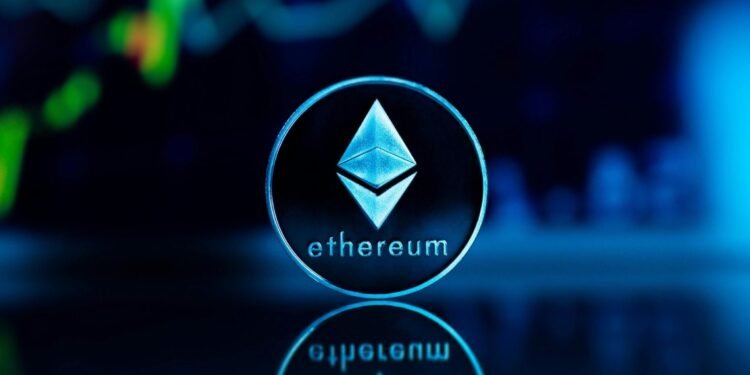In the ever-evolving world of technology, Ethereum is a revolutionary platform that’s reshaping how we think about digital interactions, finance, and innovation. While Bitcoin introduced the concept of decentralized money, Ethereum took things a step further by creating a foundation for building decentralized applications (dApps) and smart contracts.
What is Ethereum?
If you’re new to cryptocurrencies, it’s better to check this post about Bitcoin before diving into this article. Bitcoin was the first cryptocurrency to introduce blockchain technology and paved the way for decentralizing other online services.
Ethereum is a software platform built on blockchain technology. It allows users to create, support, and host decentralized programs. It provides all the tools needed to develop your own blockchain-based dApp. Ethereum uses a programming language called Solidity, enabling developers to create smart contracts, which are essential to decentralization. Its functionality is powered by its cryptocurrency, ether.
Ethereum was created by a team including Vitalik Buterin, Gavin Wood, Charles Hoskinson, Anthony Di Iorio, and Joseph Lubin. It was first introduced in 2013 when Vitalik published the Ethereum white paper. A year later, Dr. Gavin Wood published the Ethereum yellow paper, detailing the protocol’s technical operations.
Smart Contracts
Ethereum allows users to develop dApps hosted on its network, utilizing smart contracts.
A contract is an agreement between two or more parties with explicitly defined terms that all participants must follow. Smart contracts do the same in the digital world, specifying the conditions of an agreement.
These contracts are code stored on the blockchain, executing automatically and precisely as programmed. Once a smart contract is published on Ethereum, it cannot be altered or corrected.
Advantages: Smart contracts are resistant to hacking because to hack one, every system on the network maintaining a copy would need to be compromised.
Disadvantages: As they become more complex, it’s harder to identify and fix potential vulnerabilities.
What is Ether?
Ether is the native cryptocurrency that powers the Ethereum network. It’s currently the second most popular crypto, with a market capitalization of about $450 billion.
Ether was introduced through an initial coin offering (ICO) in August 2014, where a presale of ether for BTC raised $18 million. Like Bitcoin, ether can be sent between users, used as a payment method, or a store of value.

However, ether was created for different purposes. It acts as the driving force for the Ethereum platform. For example, users must pay in ether to execute smart contracts. Ether incentivizes miners to dedicate their hardware to executing contracts on the Ethereum network.
Ether can be divided into smaller units called Gwei (1 ether = 1,000,000,000 Gwei). New ether is created through mining, where miners provide computational power for executing contracts and are rewarded with ether. This makes it a proof-of-work (PoW) cryptocurrency.
In 2022, Ethereum transitioned to Ethereum 2.0, introducing major upgrades in speed, security, and shifting from proof-of-work to proof-of-stake (PoS).
Final Thoughts
Ethereum is more than just a cryptocurrency. It’s a groundbreaking platform that has redefined how we approach digital innovation and decentralization, opening up endless possibilities for industries ranging from finance to gaming and beyond.
As blockchain technology continues to evolve, Ethereum remains at the forefront, consistently improving, aiming to shape the future of decentralized technologies in ways we’ve only begun to imagine.





























